Celebrating Alexander McQueen
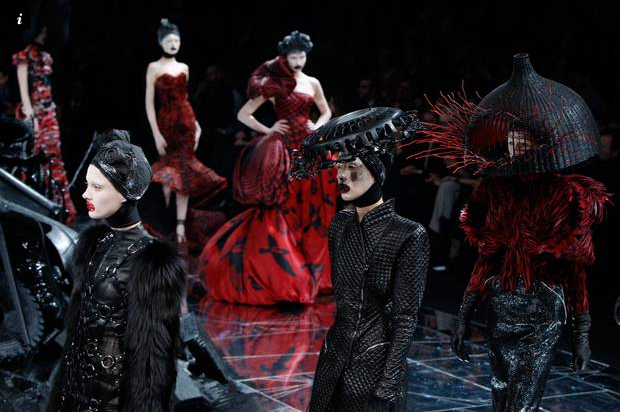
As the V&A’s most popular retrospective to date, Alexander McQueen: Savage Beauty, approaches the end of its five-month run, we look back at this visionary fashion designer’s career high points.
One of the most innovative designers of his generation, McQueen had an original way of blending fashion with diverse themes, such as architecture, history and nature. The late designer also had the ability to capture the imagination of every individual, whilst his craftsmanship crossed boundaries, evoking drama and an undeniable passion.
“I want to be the purveyor of a certain silhouette or a way of cutting, so that when I’m dead and gone people will know that the 21st century was started by Alexander McQueen.”
Frequent references to the Victorian Gothic tradition were particularly drawn out in McQueen’s early work; his skilful overthrow of traditional tailoring practices was apparent, alongside innovative cutting techniques, including that of the “bumster” trousers. Such pieces show how talented McQueen was from the offset, when critics were already hailing him as a great designer.
McQueen offered fashion as a transformational medium, and often juxtaposed competing emotions of wonder, terror, disbelief and revulsion with the concrete symbol of nationalism, and the continued fascination modern nations have with primitivism and naturalism.
“People find my things sometimes aggressive. But I don’t see it as aggressive. I see it as romantic, dealing with the dark side of my personality.”
Garments created from horn, skull, feather, skin and hair addressed the designer’s response to the theme of survival. Animal and bird women permeated many of the collections, and were presented as painfully beautiful, inhumanly threatening.
It’s a Jungle out There (A/W 1997) and Eshu (A/W 2000) presented clothing made from brown skin, emphasising miniature crocodile heads, vulture skulls and gazelle horns. Horsehair was tailored so precisely with beadwork and luxurious fabrics that the points at which these elements met were impossible to critique.
The designer’s Scottish heritage, ancestry and colonial past were used as inspiration for The Widows of Culloden (A/W 2006) and The Girl Who Lived in the Tree (A/W 2008), resulting in an explosion of ruffles, feathers and the now familiar tartan, complete with intricate gold stud and Swarovski crystal headpieces. McQueen said that his roots meant “everything” to him, and this was evident.
The Widows of Culloden conveyed a sense of melancholy that was not only transmitted in the fragility of the designs, but also in its memorable finale, based on the Victorian parlour trick Pepper’s Ghost. As the lights dimmed, an ethereal hologram of Kate Moss emerged, slowly dancing in the air, wearing a delicate chiffon dress, to the poignant violins of Schindler’s List. This narrative-based collection was a superb example of McQueen’s ability to enthral an audience, taking careful consideration of the entire production to create a compelling and exhilarating ambience that went beyond the constraints of clothing. The effect was, indeed, theatrical.
McQueen notably collaborated with milliner Philip Treacy and jewellers Shaun Leane and Sarah Harmarnee, amongst others. The heart of Savage Beauty displayed more than 120 of these pieces in a multitude of floor-to-ceiling box frames, which were wonderfully overwhelming as one decided which area to focus on first.
Mesmerising rotating mannequins were interspersed with 27 screens showing catwalk footage, whilst audios of ocean waves and trinket-box tunes filled the air; the famous spray paint dress, worn by Shalom Harlow, twirled effortlessly at the core. This was a truly breathtaking experience for all the senses, and well-worth taking time over.
The late designer endlessly reconfigured Africa, China, India and Turkey; he took elements of craftsmanship from these countries, using them to create intriguing and contrasting effects, as shown in It’s Only a Game (S/S 2005), and Voss (S/S 2001) – also known as The Asylum Show. Staged inside a two-way mirrored box resembling a padded cell, the latter featured a number of exoticized garments, including a dress appliquéd with roundels in the shape of chrysanthemums, and a thermal image of the designer’s face woven into the fabric of a silk coat.
Typical of McQueen compilations, Voss offered a commentary on the politics of appearance, upending conventional ideals of beauty. The setting was intense and strangely exciting: models trapped inside the cube were positioned as though trying to escape; a heart rate monitor pulsated as the lights went out.
McQueen had a lifelong passion for nature and often drew inspiration from its beauty and fragility. In The Widows of Culloden, a dress created entirely from pheasant feathers imbued the wearer with an avian beauty, while a razor clam shell-encrusted dress from Voss formed a brittle exterior. Sarabande (S/S 2007) incorporated both silk and real flowers, which withered as they fell on to the catwalk, showcasing the dark-romantic side of its designer.
McQueen’s last fully realised collection, Plato’s Atlantis (S/S 2010), was based on a futuristic narrative in which the ice caps have melted and humanity has had to evolve in order to live under the sea. This dramatically original set seamlessly fused his interest in nature and technology.
“There is no way back for me now. I’m going to take you on journeys you’ve never dreamed were possible.”
Digitally engineered prints, inspired by sea creatures, adorned body-sculpting mini dresses and towering “armadillo” boots, and stood amongst a world of starry skies, stormy seas and turbulent waterfalls. Iridescent sequinned scales, painted enamel, metal and leather, created a potent vision of the future of fashion. It comes as no surprise that this is widely considered the designer’s greatest achievement.
Throughout his tragically short career, Lee Alexander McQueen combined a profound grasp of tailoring and an eclectic range of influences, with a relentless determination to challenge the boundaries of art and fashion. Savage Beauty radiates both thrill and sorrow, whilst recognising McQueen’s legacy of groundbreaking designs and peerless talent.
Rebekah Absalom



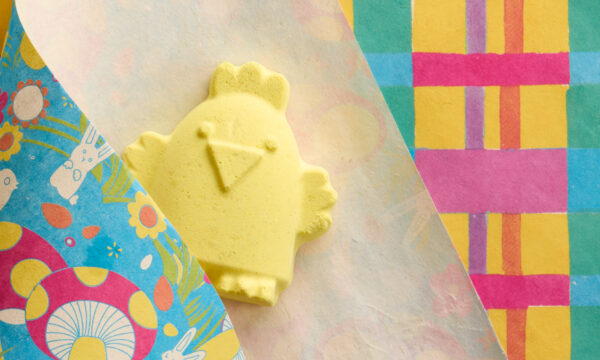
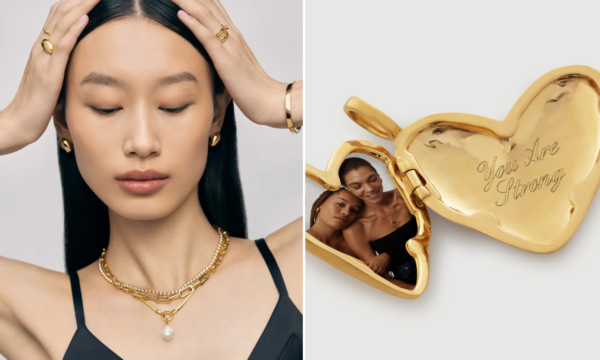


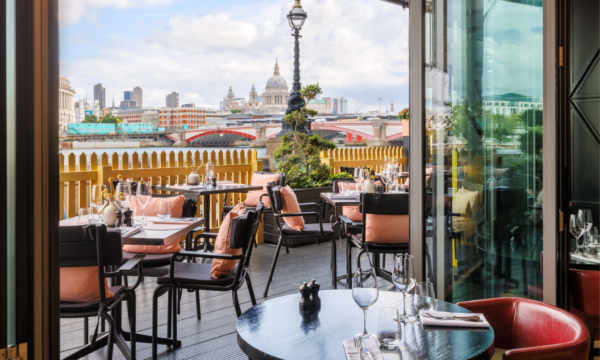

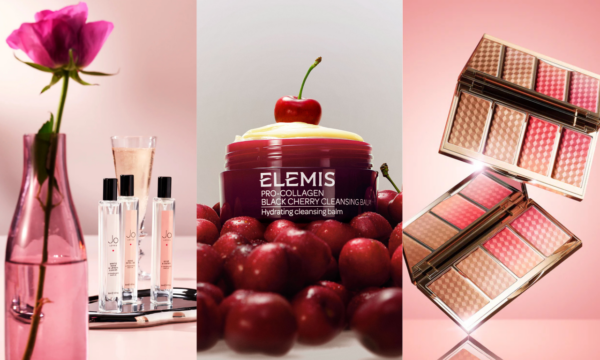








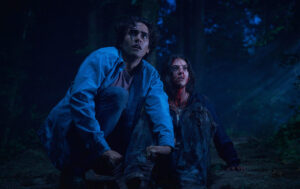
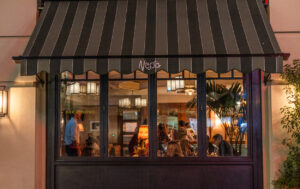



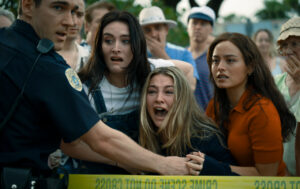
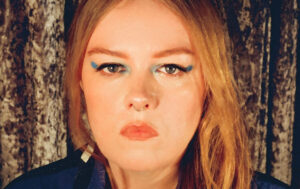
Facebook
Twitter
Instagram
YouTube
RSS